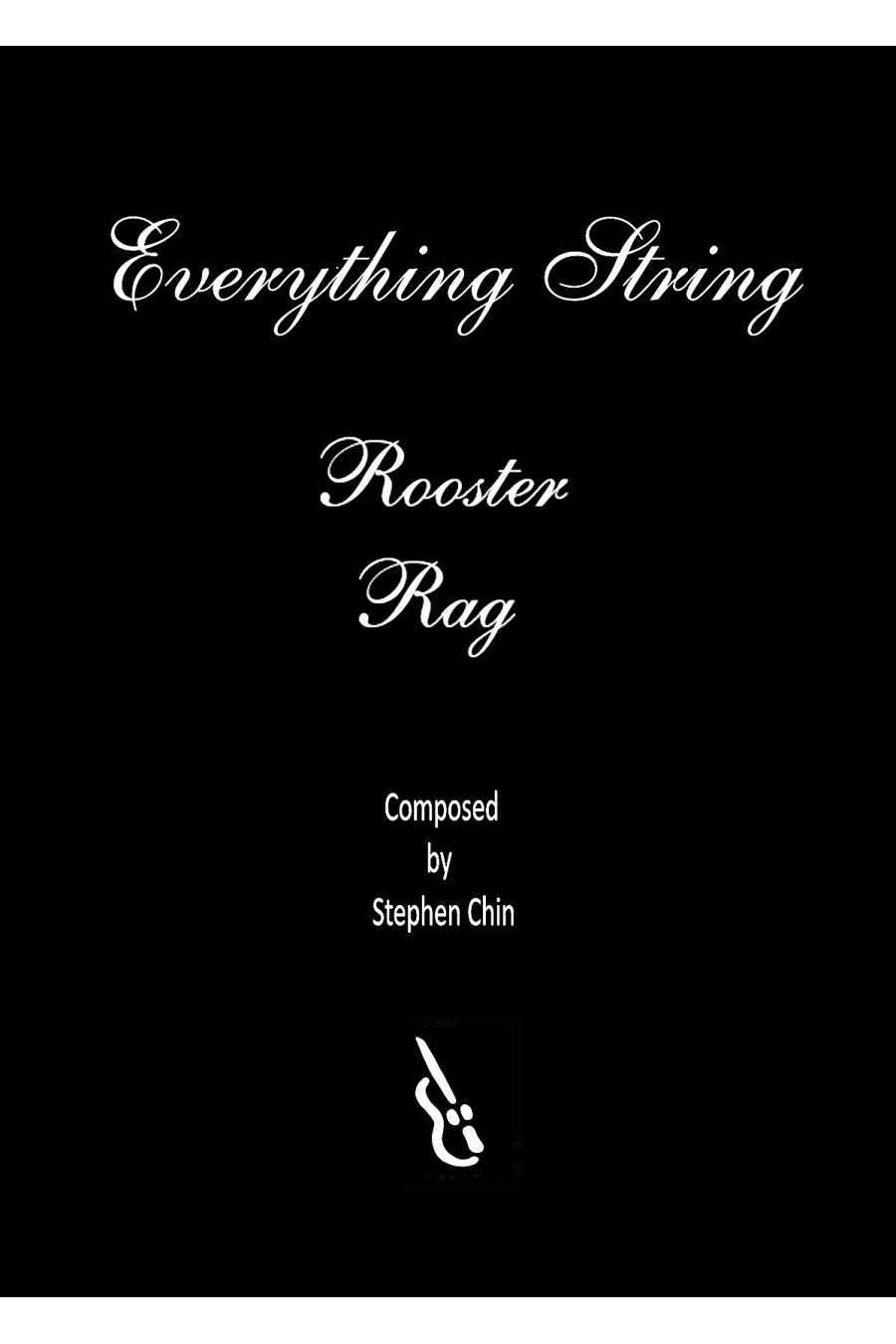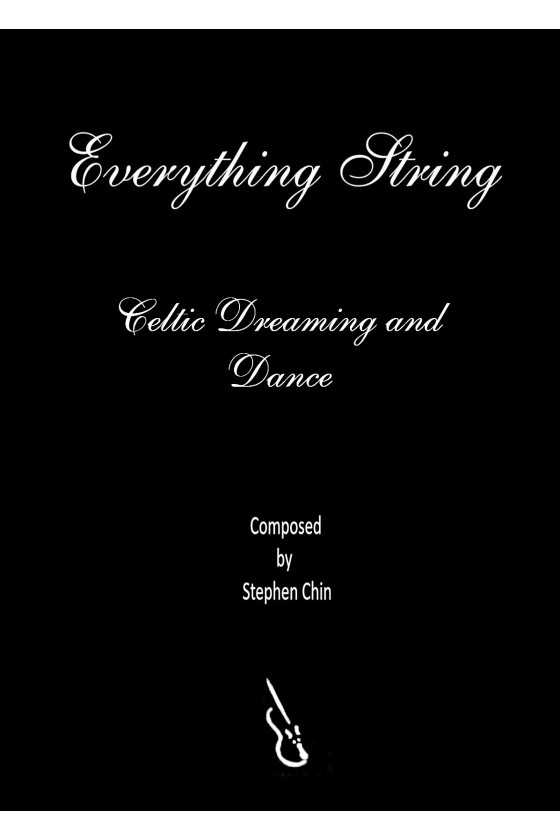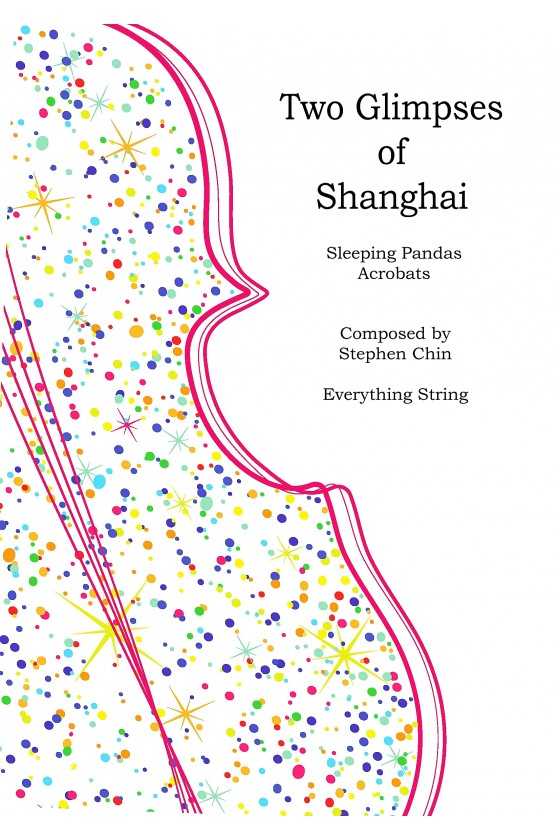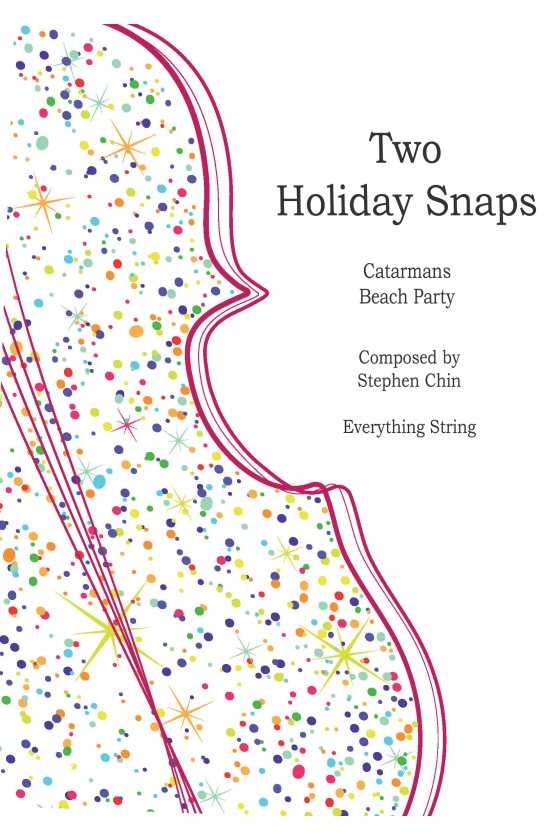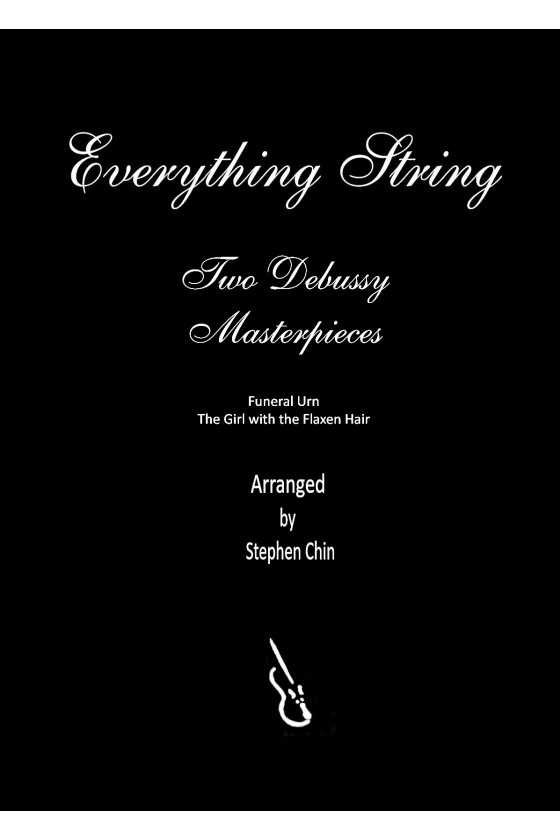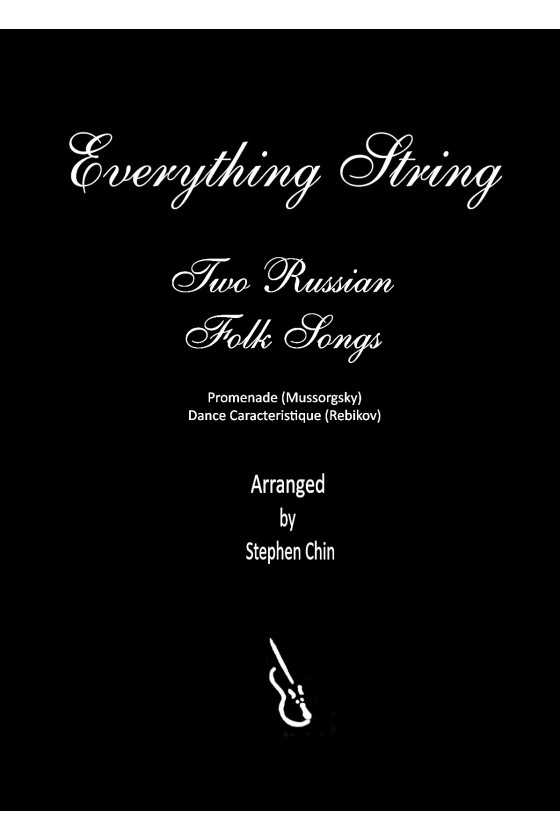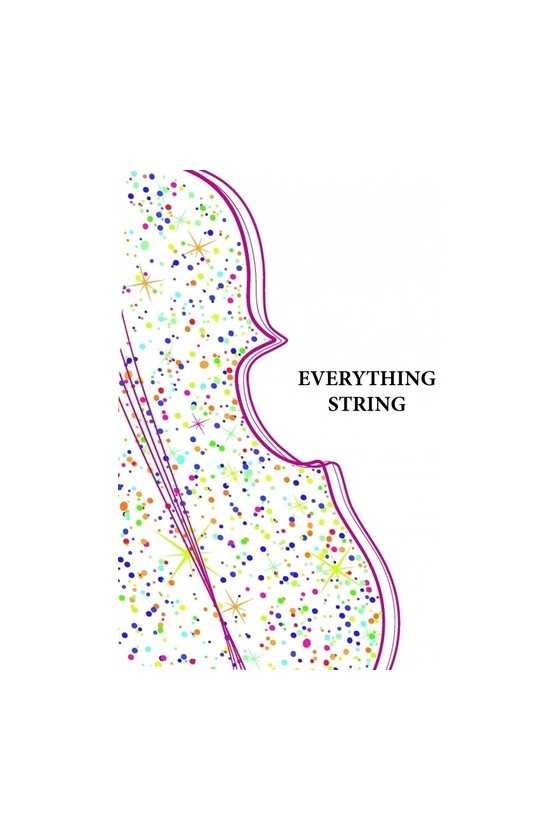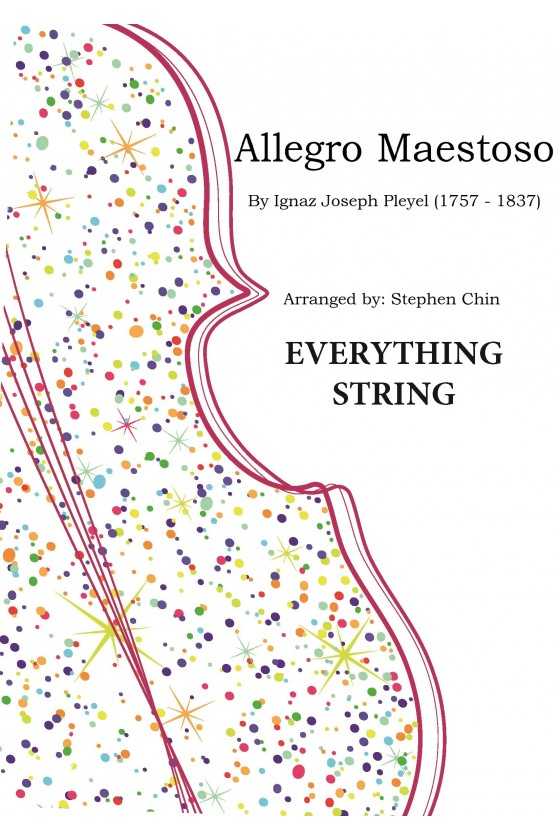Rooster Rag By Stephen Chin
Start your early morning rehearsal with a lively and cheerful piece with a distinctive "cock-a-doodle-do" rhythm right at the beginning. This rhythm is cleverly woven throughout the piece, adding a playful and humorous touch. The tune played by the rooster melody is quite funky and upbeat and is supported by a falling bass line characteristic of many rag tunes.
The piece is structured as a rondo, which means that most sections of the piece are able to play the main theme, giving everyone a chance to shine. The staccato bowing is an essential element that helps promote precision in playing, making it an excellent exercise for developing technical skills.
Overall, this piece will surely be a crowd-pleaser, with its catchy melody guaranteed to stick in players' heads long after the rehearsal.
For String Orchestra Grade 2
